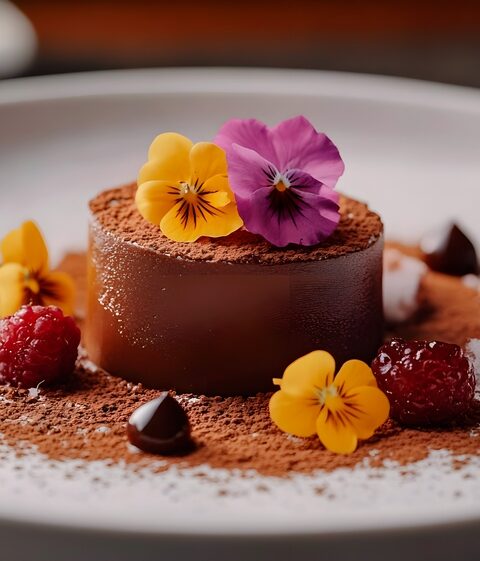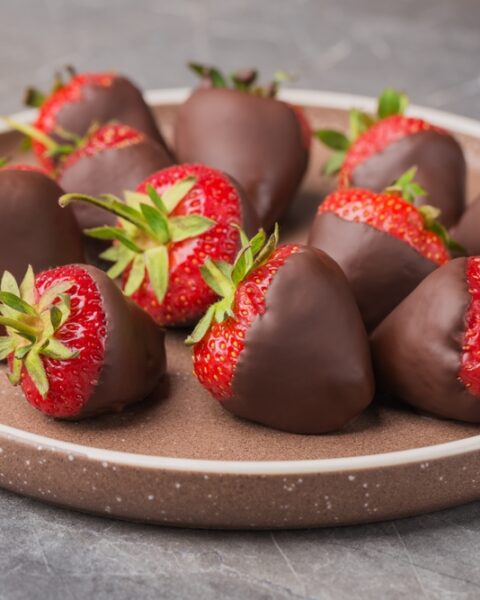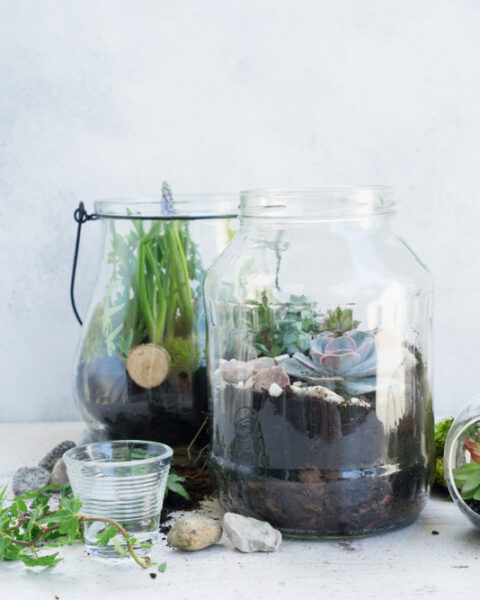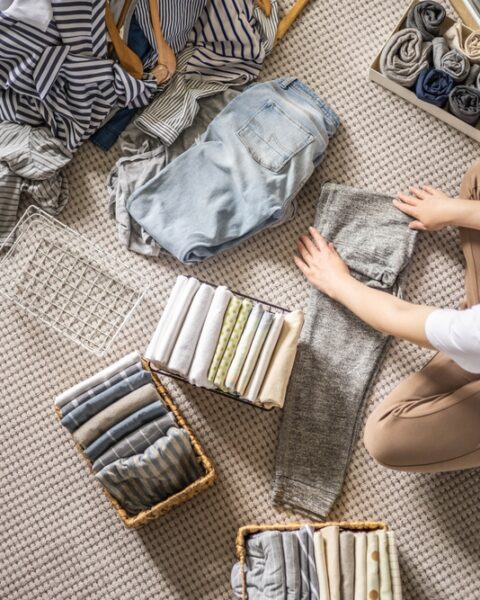Making a great cup of coffee at home can feel like an art, but even the biggest coffee lovers can make some common mistakes. Don’t worry, it’s all part of the learning process. Whether you’re a coffee newbie or a seasoned sipper, there’s always room to improve your brewing game. Let’s dive into some of the most frequent missteps people make and how you can fix them for a better coffee experience every morning.
Contents
- 1 Using Dirty Equipment
- 2 Using Old Beans
- 3 Using Pre-Ground Coffee
- 4 Incorrect Grind Size
- 5 Incorrect Water Temperature
- 6 Wrong Coffee-to-Water Ratio
- 7 Not Using Filtered Water
- 8 Improper Storage of Coffee Beans
- 9 Using the Wrong Brewing Time
- 10 Ignoring the Bloom Phase
- 11 More From RetailShout
- 12 Discover 16 Interesting Facts About In-N-Out Burger
- 13 Top 34 Barbecue Sides for Your Next Potluck
Using Dirty Equipment
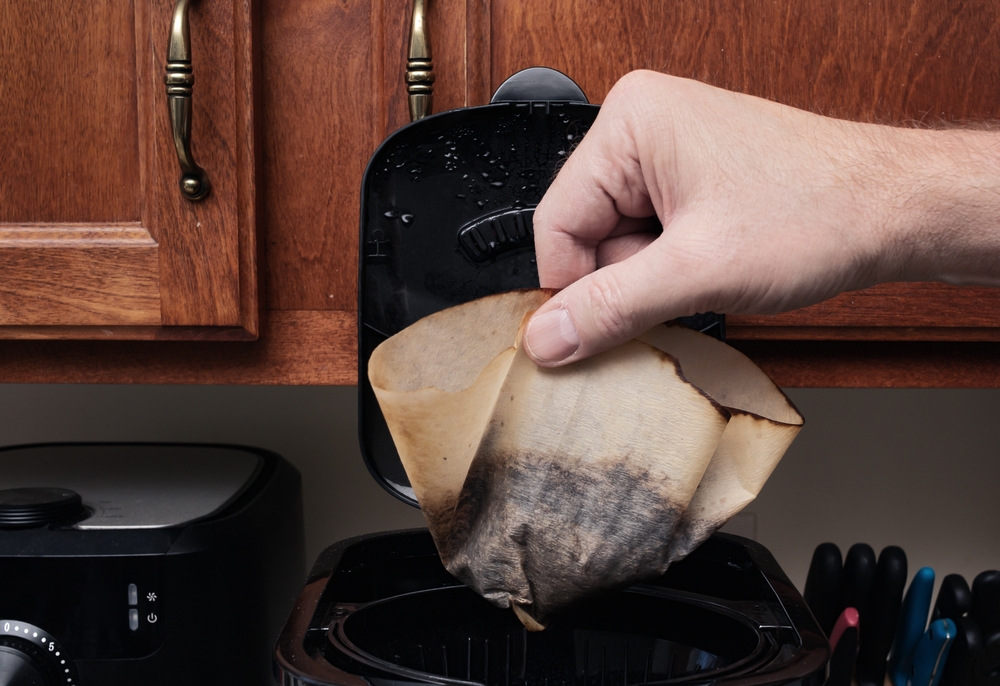
Dirty equipment can taint the flavor of your coffee. Residue and oils from previous brews can build up and affect the taste of your fresh coffee. To avoid this, ensure you clean your coffee maker, grinder, and other tools regularly. A clean machine will produce a purer, more delicious cup of coffee.
Using Old Beans
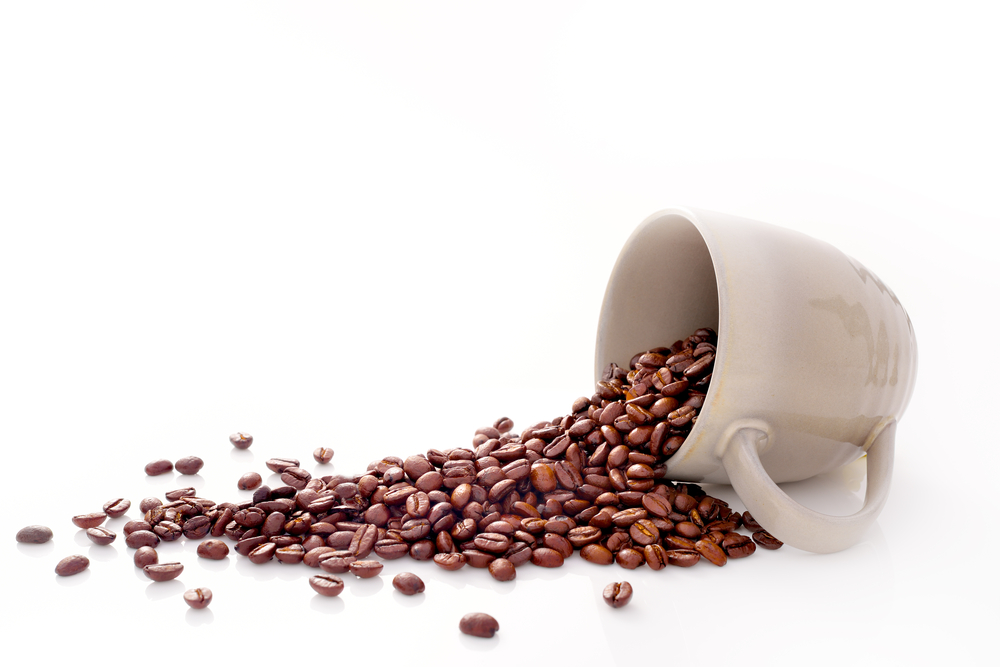
Coffee beans lose their freshness and flavor over time. Old beans result in a stale and less aromatic brew. Always use freshly roasted beans for the best taste. Store your beans in an airtight container and use them within a few weeks of roasting.
Using Pre-Ground Coffee
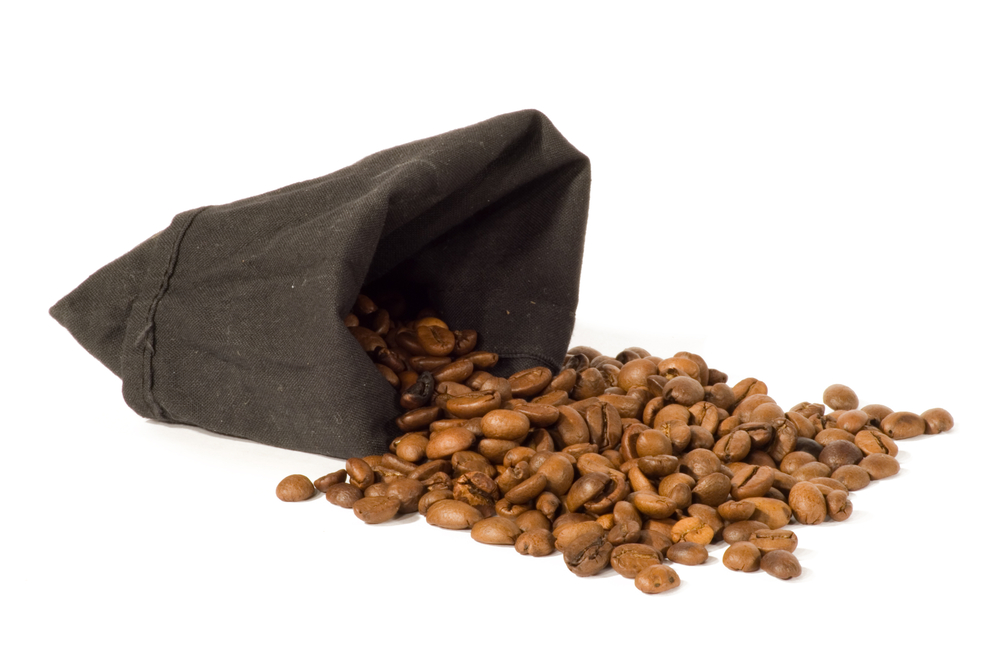
Pre-ground coffee can quickly lose its aroma and taste. Grinding your beans just before brewing ensures maximum freshness and flavor. Invest in a good quality grinder to enjoy the full range of flavors from your coffee. Freshly ground coffee provides a more vibrant and aromatic cup.
Incorrect Grind Size
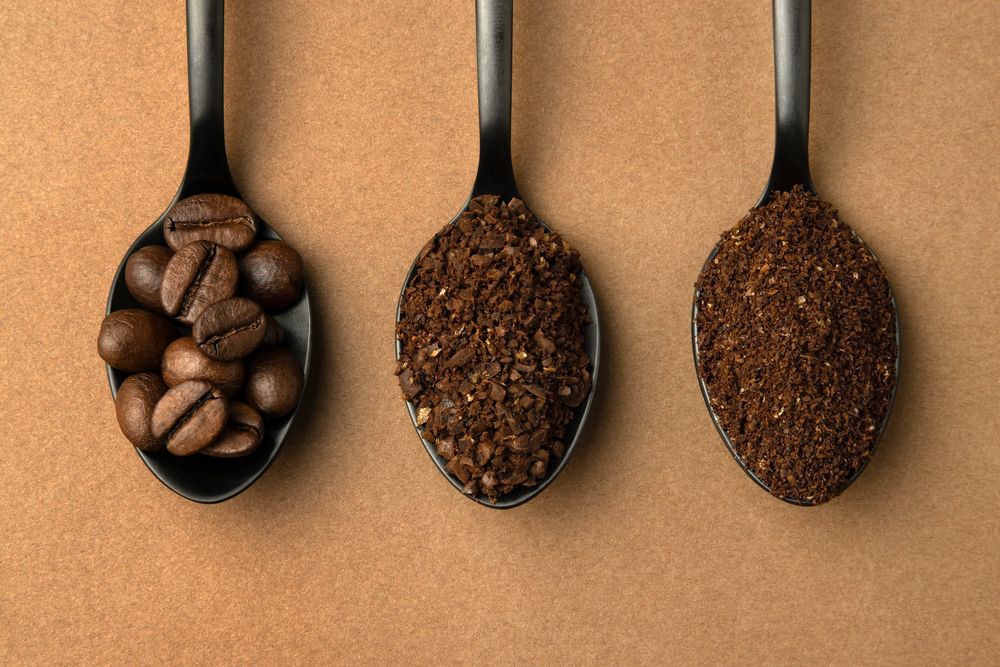
The grind size directly affects the taste and quality of your coffee. Using the wrong grind size can lead to over-extraction or under-extraction. Match your grind size to your brewing method; for example, use a coarse grind for French press and a fine grind for espresso. This ensures optimal extraction and a balanced flavor.
Incorrect Water Temperature
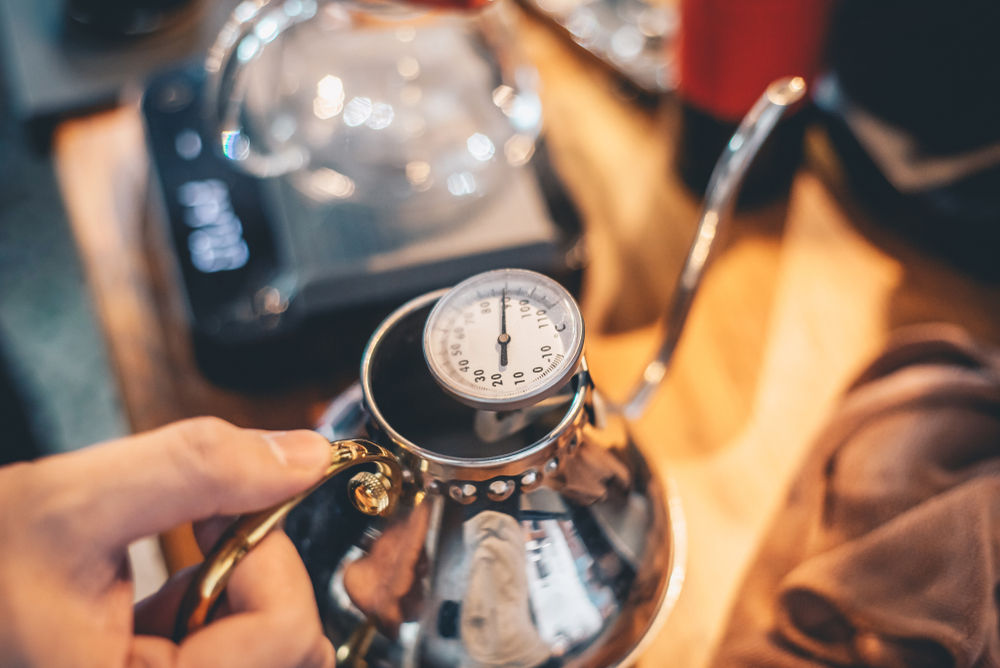
Water that is too hot or too cold can spoil your coffee. The ideal brewing temperature is between 195°F and 205°F. If your water is too hot, it can burn the coffee, and if it’s too cold, it won’t extract the flavors properly. Use a thermometer or a kettle with temperature control to achieve the perfect brew.
Wrong Coffee-to-Water Ratio

Using too much or too little coffee can result in a bitter or weak brew. The general guideline is to use one to two tablespoons of coffee per six ounces of water. Adjust this ratio according to your taste preferences. Consistency in measurement ensures a balanced and enjoyable cup every time.
Not Using Filtered Water
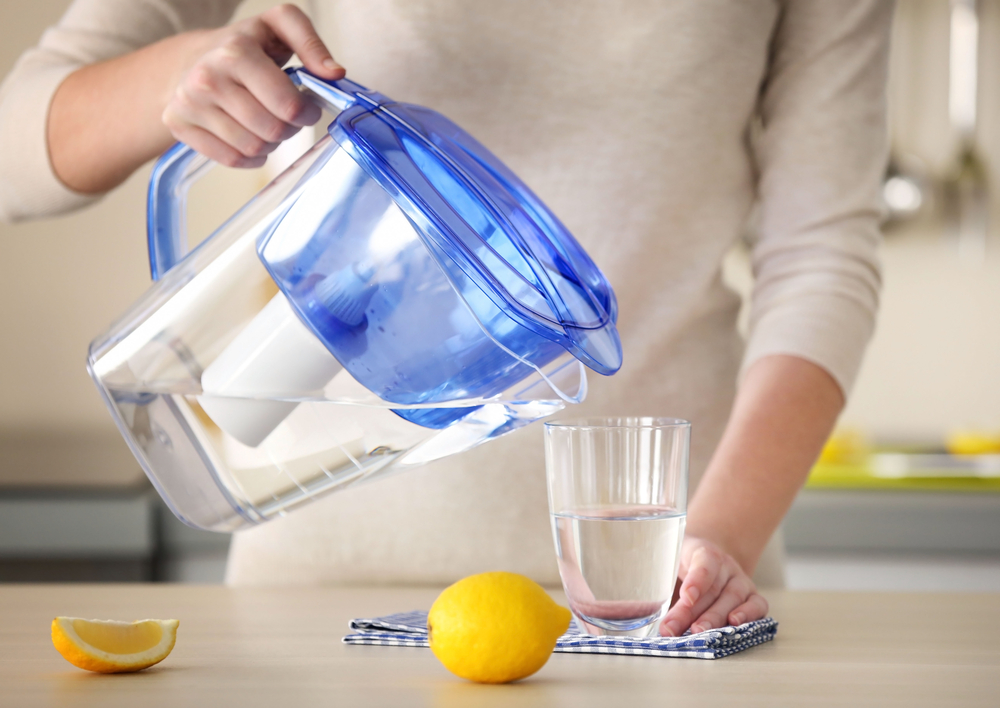
Tap water can contain impurities that affect the taste of your coffee. Using filtered water helps remove chlorine and other minerals that can alter the flavor. Invest in a good water filter to ensure you are brewing with clean, pure water. This small step can significantly enhance the quality of your coffee.
Improper Storage of Coffee Beans
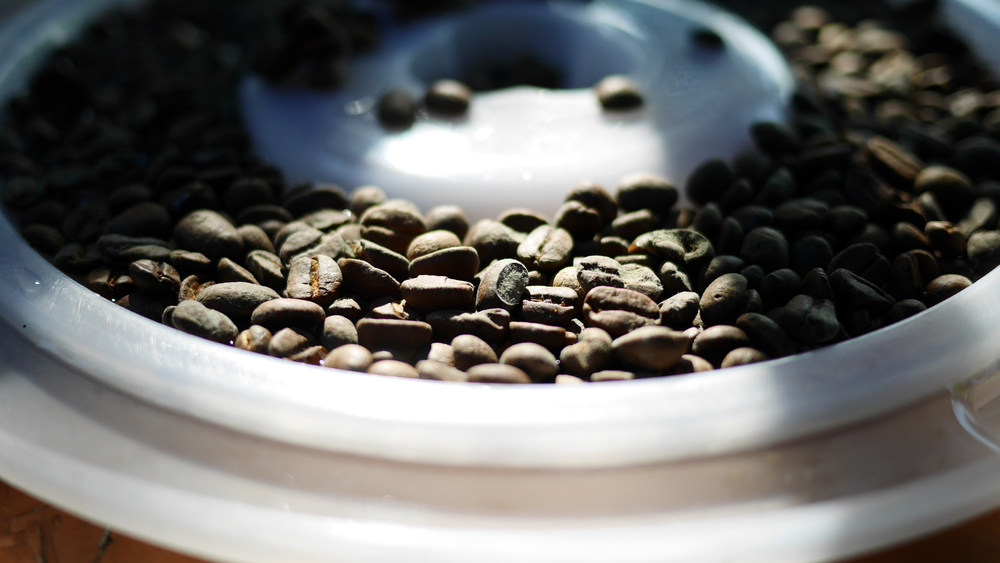
Exposing coffee beans to air, moisture, heat, and light can degrade their quality. Store your beans in an airtight container in a cool, dark place. Avoid keeping them in the fridge or freezer, as condensation can spoil the beans. Proper storage preserves the beans’ freshness and flavor for longer.
Using the Wrong Brewing Time
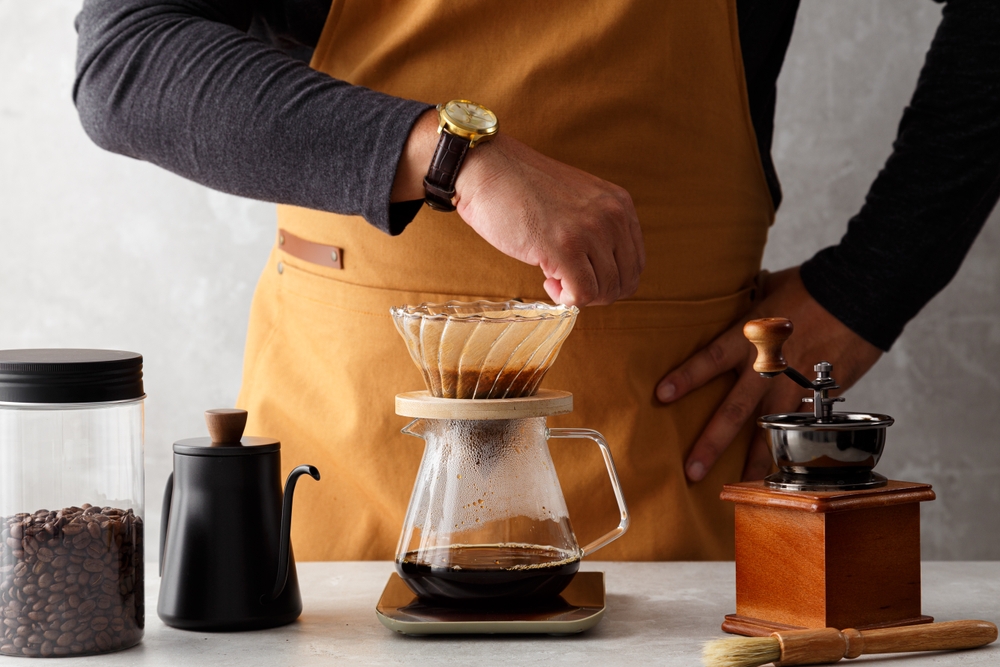
Brewing coffee for too long or too short a time can affect its taste. Over-brewing can make your coffee bitter, while under-brewing can make it weak. Follow the recommended brewing time for your method, such as 4 minutes for French press or 25-30 seconds for espresso. Consistency in brewing time ensures optimal flavor extraction.
Ignoring the Bloom Phase
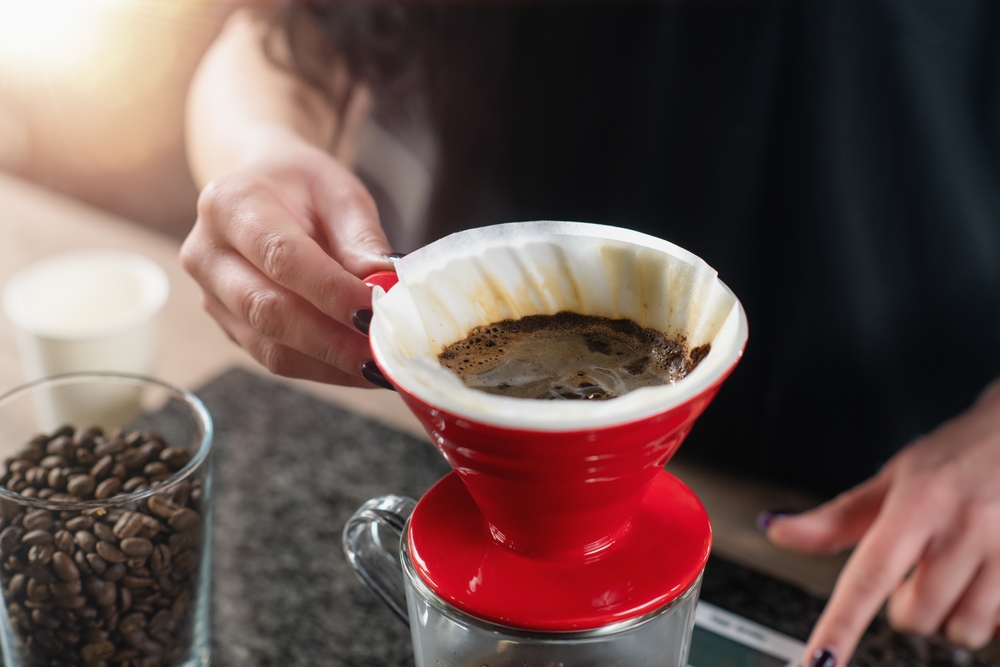
Skipping the bloom phase can lead to uneven extraction. The bloom phase involves wetting the coffee grounds and allowing them to release carbon dioxide before the actual brewing starts. Pour a small amount of hot water over the grounds and let it sit for 30 seconds before continuing. This step ensures better saturation and a more even extraction.
This article originally appeared on RetailShout
More From RetailShout
20 Foods with More Protein Than Eggs for a Nutrient Boost

Looking to add more protein to your meals? Eggs are great, but there are plenty of foods that can give you an extra protein boost, too. From shrimp to chickpeas, these delicious options will help you pack in those essential nutrients while keeping your meals varied and exciting. Read More.
Discover 16 Interesting Facts About In-N-Out Burger

In-N-Out Burger has a fascinating history filled with unique facts that have shaped the beloved fast-food chain. From the very first location opening in 1947 to creating the iconic Animal Style burger and the innovative drive-thru speaker system, In-N-Out has always stood out. Read More.
Top 34 Barbecue Sides for Your Next Potluck
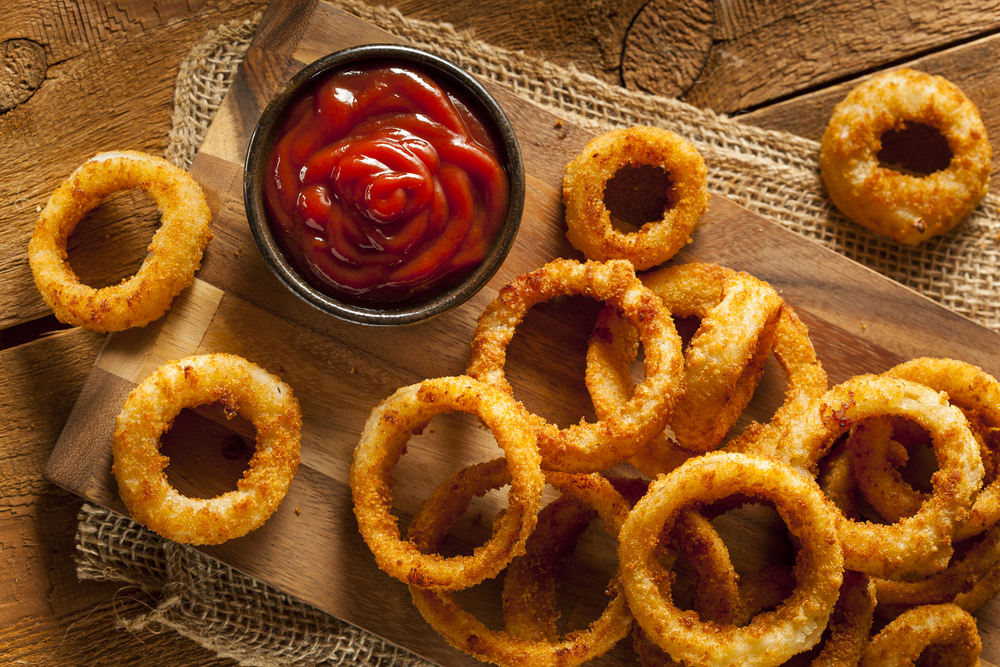
If you’re gearing up for a potluck and want to bring something that’ll really wow the crowd, you’re in luck. From creamy dips and zesty salads to crunchy snacks and indulgent treats, there’s something here for every taste. Read More.

